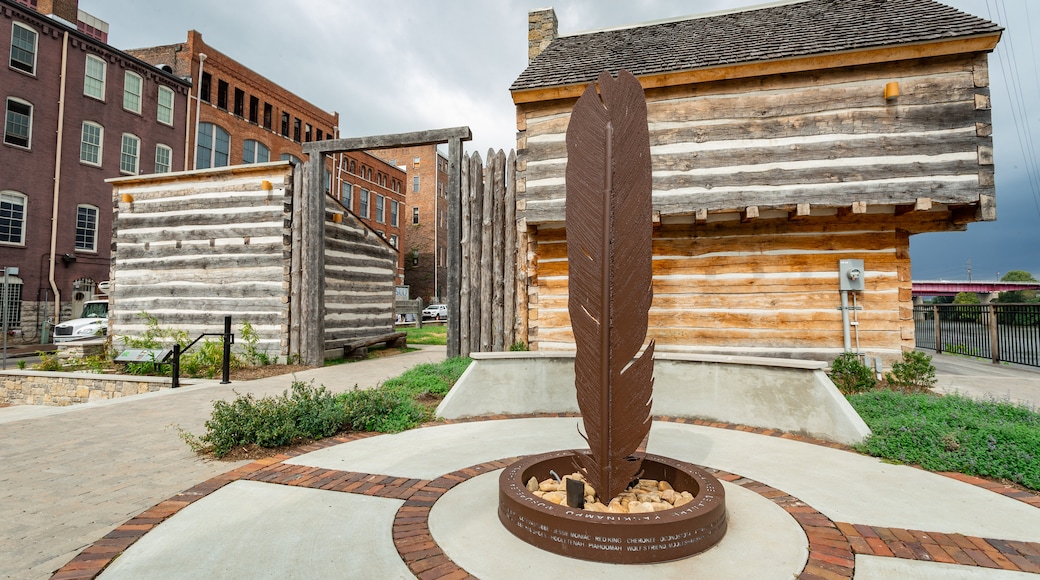Today, Fort Nashborough is dwarfed by its urban surroundings, but it was once the only bit of European infrastructure in the Cumberland River. Built in 1780 by a settler named James Robertson, who led a group of settlers including his own family to what was then called Cedar Bluffs, it was the Europeans’ home for more than 10 years. On the other side of its walls were the Cherokee, who had already been forced off ancestral lands further east and saw the new fort, correctly, as a harbinger of further dislocation. Take a break from the excitement of downtown to take a stroll through this free open-air museum, a potent symbol of the city’s history.
Walk towards the Fort along Riverfront Park, which follows the winding Cumberland River. Watch the water flow towards the south and imagine the possibility that it once spelled for the settlers who came here, who would eventually use the river to ship goods towards southern ports. See Fort Nashborough from a distance and imagine how lonely it must once have looked against the forest that lay beyond.
Start the visit at the newly renovated History Center, which provides information about the history of the fort and of Nashville more generally. Pause at the plaza outside, whose arching feather statue commemorates the Cherokee who lost their lives and were eventually dislocated by Tennesseans like Andrew Jackson. Continue on into the fort itself, actually the third construction after the first Depression-era project, and picture what life must have been like on the edge of the unknown.
Fort Nashborough is located in the center of downtown Nashville, right near the hubbub of Broadway and an 8-minute walk from Ryman Auditorium. Riverfront Station, which offers train connections throughout the area, is a 3-minute walk away. Metered parking is available on the street and in lots and garages throughout the area, but can be hard to find during peak season. The fort is open to visitors on self-guided tours daily during regular business hours, and has no admission fee.
